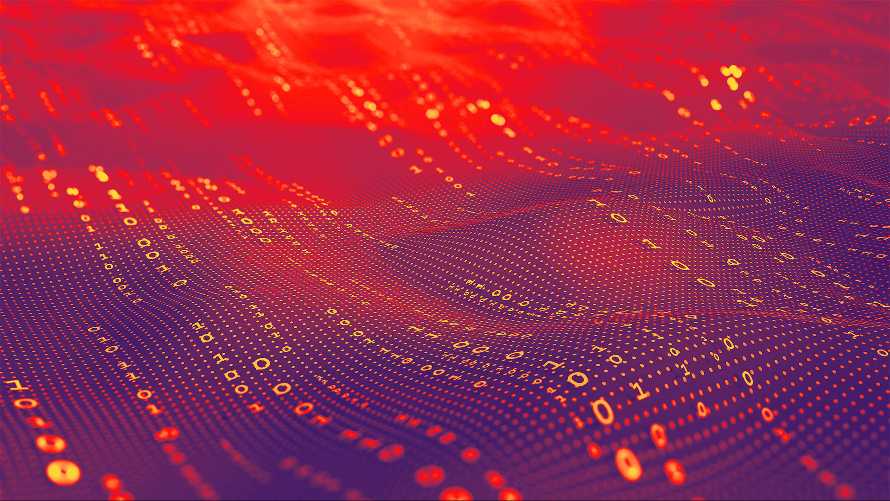New artificial intelligence models developed by researchers at Princeton Plasma Physics Laboratory dramatically improve the speed and accuracy of plasma heating predictions for fusion experiments.
Summary: Scientists have created AI models that predict plasma heating 10 million times faster than previous methods while maintaining accuracy. These models also correct errors in existing numerical codes, potentially accelerating fusion energy research.
Estimated reading time: 5 minutes
Researchers at the U.S. Department of Energy’s Princeton Plasma Physics Laboratory (PPPL) have developed groundbreaking artificial intelligence (AI) models that are reshaping our understanding of plasma heating in fusion experiments. These new models not only increase prediction speeds by a factor of 10 million but also provide accurate results in scenarios where traditional numerical codes fail.
The Power of Machine Learning in Fusion Research
The AI models, which utilize machine learning techniques, focus on predicting the behavior of electrons and ions in plasma when subjected to ion cyclotron range of frequency (ICRF) heating. This heating method is crucial for achieving the high temperatures necessary for fusion reactions to occur.
Álvaro Sánchez-Villar, an associate research physicist at PPPL and lead author of the study published in Nuclear Fusion, explains the significance of their work:
“With our intelligence, we can train the AI to go even beyond the limitations of available numerical models.”
The research team, collaborating across five institutions, trained their AI models on data generated by existing computer codes. While much of this data aligned with previous results, the researchers encountered unexpected outcomes in certain extreme scenarios.
Overcoming Limitations of Existing Models
During their investigation, the team observed unusual patterns in the heating profiles under specific conditions. Sánchez-Villar describes the phenomenon:
“We observed a parametric regime in which the heating profiles featured erratic spikes in rather arbitrary locations. There was nothing physical to explain those spikes.”
This discovery led the researchers to a crucial realization: their AI models were not just replicating the existing code but were actually improving upon it. By carefully curating the training data, they effectively created a more accurate version of the original code.
Sánchez-Villar highlights the implications of this finding:
“This means that, practically, our surrogate implementation was equivalent to fixing the original code, just based on a careful curation of the data. As with every technology, with an intelligent use, AI can help us solve problems not only faster, but better than before, and overcome our own human constraints.”
Accelerating Fusion Research
The speed improvements achieved by these AI models are equally impressive. Computation times for ICRF heating predictions have been reduced from approximately 60 seconds to just 2 microseconds – a 10 million-fold improvement. This dramatic increase in speed enables researchers to run more simulations and explore a wider range of scenarios in their quest to make fusion energy a practical power source.
These advancements have the potential to significantly accelerate fusion research by allowing scientists and engineers to rapidly iterate and optimize their experimental designs. The ability to quickly and accurately predict plasma heating behavior could lead to more efficient fusion reactor designs and bring us closer to achieving sustainable fusion energy.
Looking Ahead: The Future of AI in Fusion Science
The success of these AI models in plasma heating predictions opens up new possibilities for applying machine learning techniques to other aspects of fusion research. As AI continues to prove its worth in overcoming limitations of traditional numerical models, we may see a shift towards more AI-integrated approaches in fusion science.
However, it’s important to note that while these AI models show great promise, they are not a complete replacement for traditional physics-based models. Rather, they serve as powerful complementary tools that can enhance and accelerate existing research methods.
As fusion energy research progresses, the combination of advanced AI techniques with deep physics understanding may be the key to unlocking the potential of this clean, virtually limitless energy source.
Quiz: Test Your Understanding
- By what factor did the new AI models increase the speed of plasma heating predictions? a) 1,000 times b) 100,000 times c) 1 million times d) 10 million times
- What unexpected phenomenon did researchers observe in some extreme scenarios? a) Cooling of the plasma b) Erratic spikes in heating profiles c) Plasma instability d) Fusion reactions
- What was the computation time reduced to with the new AI models? a) 2 seconds b) 2 milliseconds c) 2 microseconds d) 2 nanoseconds
Answers:
- d) 10 million times
- b) Erratic spikes in heating profiles
- c) 2 microseconds
Further Reading
- Nuclear Fusion – Full Study
- Princeton Plasma Physics Laboratory
- U.S. Department of Energy – Fusion Energy Sciences
Glossary of Terms
- Ion Cyclotron Range of Frequency (ICRF) heating: A method of heating plasma in fusion experiments using electromagnetic waves
- Machine Learning: A type of artificial intelligence that allows computer systems to learn from data without being explicitly programmed
- Plasma: A state of matter consisting of charged particles, often referred to as the fourth state of matter
- Fusion: A nuclear reaction in which atomic nuclei combine to form heavier nuclei, releasing energy in the process
- Surrogate Model: A computationally efficient approximation of a more complex model
- Parametric Regime: A range of parameter values within which a system behaves in a particular way
Enjoy this story? Get our newsletter! https://scienceblog.substack.com/


